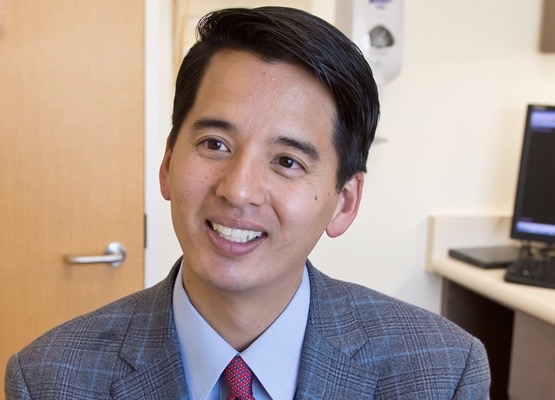Back in the day, hospitals received insurance payments for each day you were in the hospital. This method of billing created an incentive to keep you in the hospital for prolonged stays. The more days in the hospital, the more money the hospital made. Now, hospital stays are based on a code system called diagnoses-related group (DRG). Every diagnosis has a code attached to it. That code signifies the amount insurers will reimburse the hospital.
Specialists in the hospital have a binder
that lists the DRG codes, how much the hospital is reimbursed for each code,
and the maximum number of days the payment covers. These specialists review
your chart to create the highest billing code that will match a diagnosis. For
example, you may have come to the hospital with non-threatening “angina
pectoris” (chest pains), a diagnosis that brings the hospital $5,221 in
revenue. By upgrading the diagnosis to “acute
myocardial infarction with cardiovascular compromise,” the hospital would
receive $15,731. The hospital is reimbursed for this amount whether you stay two
days or ten days. Thus, the shorter your hospital stay the more profitable your
admission is for the hospital. Hospitals also have specialists whose job it is
to get you out of the hospital as fast as possible, sometimes harassing your
doctor or family members.
Of course, getting kicked out of the hospital quickly isn’t necessarily a bad thing. You are probably better off at home, away from bad bugs, bad food, and interrupted sleep. Plus, you’re helping your hospital make more money!
For an introduction to this blog, see I Just Say No; for a list of blog topics, click the Topics tab.

